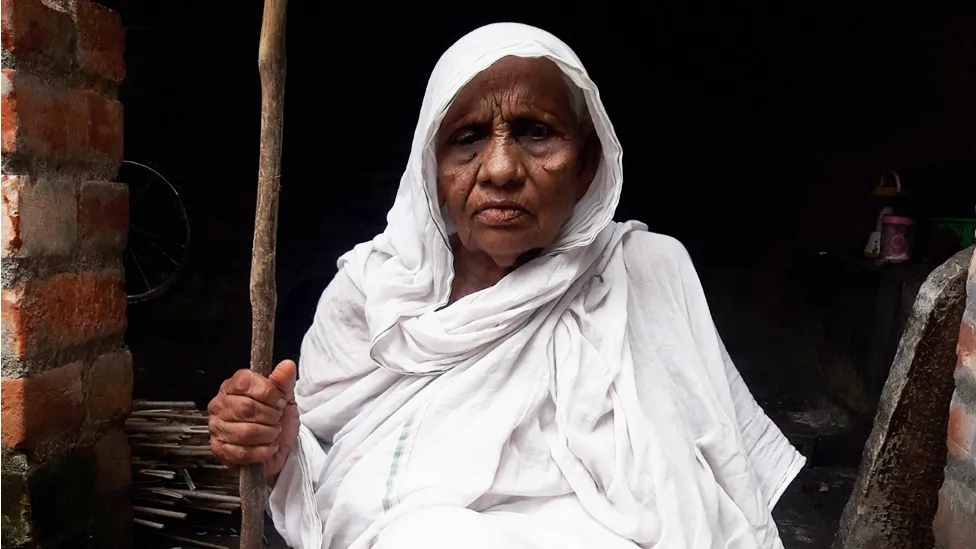Bengal Famine Unveiled: Tracing the Last Survivors of World War II
The Bengal famine of 1943, which claimed over three million lives in eastern India, stands as one of the most devastating tragedies during World War II. Despite the enormity of the loss, there is no memorial or museum to commemorate the victims. However, a few survivors remain, and Sailen Sarkar, a 72-year-old man, is on a mission to collect their stories before it’s too late.
Bijoykrishna Tripathi, one of the survivors, vividly recalls the desperate measures people took during the famine. Bijoykrishna, aged around 112, recounts the rising prices of rice in 1942 due to a cyclone that destroyed the rice crop. Hunger and epidemics followed, leading to widespread suffering and death. While some relief efforts were made, they were insufficient, and people resorted to extreme measures to secure food.
Sailen Sarkar, inspired by his father’s involvement in famine relief efforts, embarked on a journey to document survivors’ firsthand accounts. Armed with pen and paper, he travels through the Bengali countryside, engaging with survivors like Bijoykrishna. Sailen became fascinated with the famine after discovering a family photo album depicting emaciated individuals. His father’s experiences fueled his determination to uncover the stories of those who lived through the tragedy.
One survivor, Sripaticharan Samanta, shared his memories of the cyclone’s aftermath, recounting the skyrocketing prices of rice and the subsequent scarcity. Forced to sell their lands for food, many people, including Sripaticharan, migrated to cities like Calcutta in search of relief. While Sripaticharan was fortunate to have family support and survive, countless others succumbed to starvation and died in the unfamiliar streets of the city.
Sailen Sarkar’s mission is a poignant effort to preserve the memories of those who endured the Bengal famine. Through personal testimonies, he aims to create a historical record that ensures the victims are not forgotten. The survivors’ stories provide a glimpse into the harrowing experiences of a population grappling with hunger, scarcity, and the devastating consequences of natural disasters.




























Comment Template